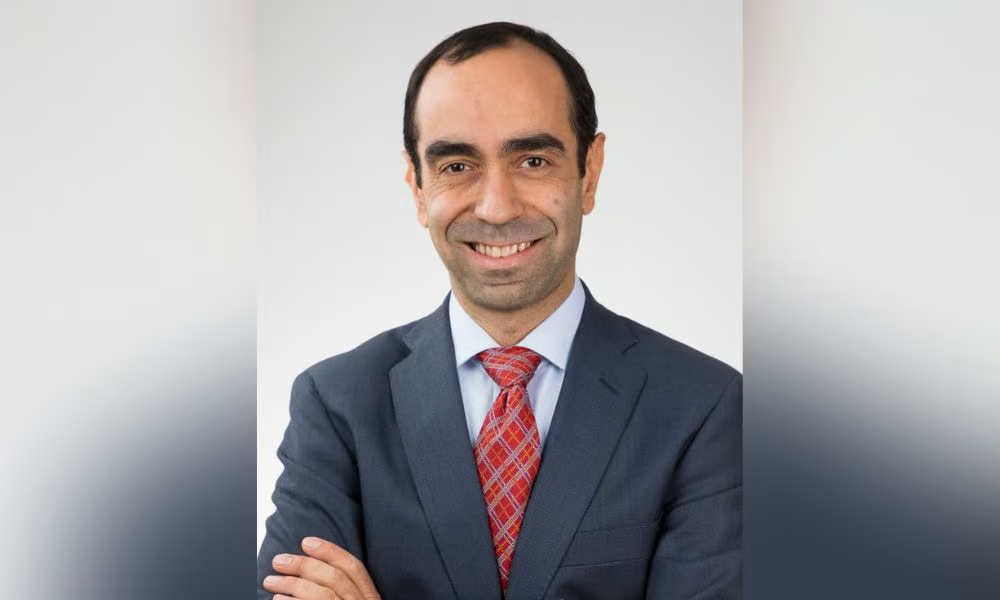After central banks' extreme rate-hiking, haven metal could once again prove its worth against looming risks

The market turbulence, geopolitics, and monetary policy challenges of 2022 has created a strong risk-off climate across the world. And while cross-currents and economic challenges have led to deep losses for traditional balanced portfolios, one haven asset has managed to prove its worth.
“Gold actually performed quite well, all things considered,” said Juan Carlos Artigas, Global Head of Research at the World Gold Council. “It was indeed one of the best-performing asset classes of the year.”
For many investors, gold proved to be a useful buffer as volatility reared its head in the first quarter of 2022 and persisted throughout the year. Factors like high inflation and geopolitical tensions bolstered the bullish case for the precious metal, Artigas said, but aggressive monetary policy, along with a stronger dollar, took off some of its shine for certain investors.
“Even before the COVID-19 pandemic crisis lifted, we were already seeing various sectors of demand return during the tail end of 2021,” he says. “We saw a much stronger recovery in 2022, which created more support for gold.”
For yield-seeking investors, rising interest rates might have taken away some of gold’s shine. But Artigas is quick to point out that rising rates don’t discriminate in what asset classes they affect.
“Higher interest rates will impact all asset classes, whether or not they pay a coupon. That just increases the opportunity cost associated with holding certain investments,” he stressed. “Gold pays no coupon because it has no credit risk. It’s an asset, not a liability.”
While some evangelists might have considered cryptocurrencies as an asset comparable to gold, the World Gold Council has pointed out that the two investment classes play very different roles. Beyond that, gold’s role in hedging against inflation has been proven over time.
The yellow metal reacted positively to high inflation expectations in 2022, but cryptocurrencies were dragged under in a riptide of market volatility and more recent concerns over the trustworthiness of centralized operators in the digital asset space.
“Gold is not just an investment. It’s also used in jewelry and technology, so the supply and demand dynamics for gold are very different,” Artigas says. “Generally, I think gold is a good complement to all assets in portfolios.”
With history as a guide, central banks’ extreme rate-hiking in 2022 could be expected to result in a hard landing. The general market consensus for 2023 includes a recessionary scenario, which could be short-lived or more widespread and severe. Artigas says gold has historically done well in mitigating the risks of recession, offsetting losses from other assets and providing valuable liquidity.
“It’s also possible that central banks will be able to engineer a soft landing. Federal Reserve Chairman Jerome Powell said they see a relatively narrow path to one. If that were the case, it could be a more challenging environment for gold,” Artigas says. “However, based on our conversations with investors and market expectations, it’s more like the conditions next year may be more volatile, and in that context, gold can be particularly useful to investors.”
Looking ahead, Artigas sees numerous interesting wild cards in 2023. With the impending relaxation of COVID-zero policies in China, he expects an acceleration of demand that could further boost gold’s prospects. Persistent inflation could also work in the haven metal’s favour, more so if it forces further central bank tightening and tilts the balance further towards recession.
“Inflation may be decelerating, but some investors may be paying attention to the level of prices. Even if gas prices come down a bit, for example, it’s still historically high,” he says. “From that perspective, some level of inflation hedging may remain.
“There’s multiple ways for investors to get exposure to gold – from bars and coins, to gold-backed ETFs, and gold mining investors,” Artigas adds. “As we look into next year, we think investors should consider the balance of assets in their portfolios, and make sure they have appropriate strategies to help them throughout various potential outcomes. Historically, gold has played a key strategic role in the positive performance of a portfolio.”



